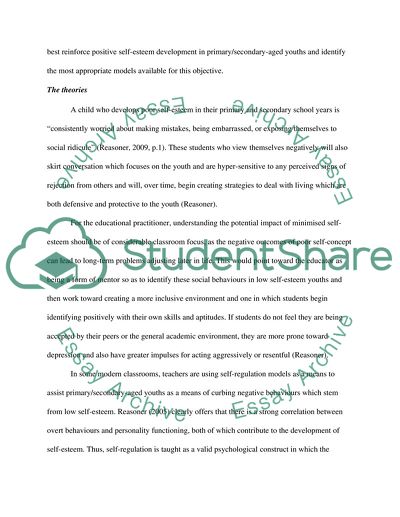Cite this document
(“Self-Esteem and the Education System Personal Statement”, n.d.)
Self-Esteem and the Education System Personal Statement. Retrieved from https://studentshare.org/education/1726801-self-esteem-and-the-education-system
Self-Esteem and the Education System Personal Statement. Retrieved from https://studentshare.org/education/1726801-self-esteem-and-the-education-system
(Self-Esteem and the Education System Personal Statement)
Self-Esteem and the Education System Personal Statement. https://studentshare.org/education/1726801-self-esteem-and-the-education-system.
Self-Esteem and the Education System Personal Statement. https://studentshare.org/education/1726801-self-esteem-and-the-education-system.
“Self-Esteem and the Education System Personal Statement”, n.d. https://studentshare.org/education/1726801-self-esteem-and-the-education-system.


